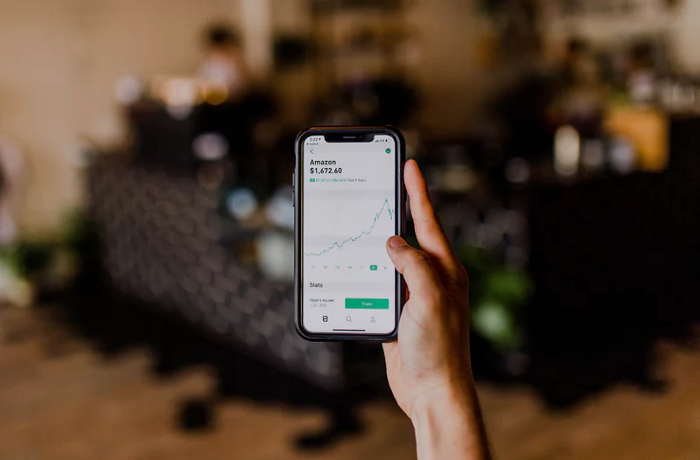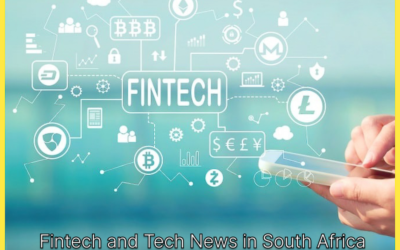
The tokenization principle brought about by blockchain technology is a fundamental element in the much talked about revolution that this technology portrays. The knowledge that previously unsplittable entities can now be broken down into smaller units and made more accessible is a mind-changing philosophy.
By improving accessibility, blockchain technology is creating a globally inclusive economy that is enabling expansion and value distribution among the various cadres of economic development.
On what tokenization is doing to real world assets, we will be taking a look at some of the factors enabling this system, and the asset types that are already becoming tokenized.
Investors on the other hand are enjoying an extended level of diversification with the availability of alternatives.
What is Tokenization?
First of all, it is important to understand that the idea of tokenization involves the breaking down of real world assets into digital tokens, therefore creating a flexible value system for the converted assets.
Tokenized assets become extremely manipulatable, having achieved a liquified nature. This simply breaks whole assets into much smaller units that retain the same characteristics of the original structure.
Blockchain technology is dynamic and is currently playing a significant role in digitizing real world assets. A number of platforms are already in existence that are allowing asset owners to submit their property for proper valuation and tokenization. This enables these owners to introduce such properties into the globalized digital assets marketplace, making it more accessible to investors at all levels all over the world.
Investors on the other hand are enjoying an extended level of diversification with the availability of alternatives. This development provides them with the option of carrying out the age long principle of ‘don’t put all your eggs in one basket’. For instance, an investor can split his investment across several assets by buying smaller fractions of each of them instead of sinking his entire funds into one unit. This system encourages an improved risk management technique that is very much welcome in the investment circle.

The Venezuelan Petro, a Product of Asset Tokenization
In 2017, the Venezuelan government announced its plans to digitize its national asset, crude oil. The president and his men saw this as a move that could deliver the country from the terrible economic situation that it found itself in.
The national cryptocurrency, Petro was planned to be backed by 5.3 billion barrels of oil, which was worth $267 billion at the time. Several months later, the cryptocurrency was launched amid controversies. Holding onto the Petro cryptocurrency today is as good as holding a stake in Venezuela’s national asset.
Without the concept of tokenization and the conversion of real assets into digital currencies, this may not have been possible. The economy of the South American nation has been so bad that even citizens are seeking for external solutions and wouldn’t bother investing within the country.
Tokenization in this case has broken the geographical barrier and enabled Venezuela reach out to a global market that is devoid of traditional barriers. Petro digital tokens, though backed by the nations oil, will still be influenced by the natural effects of the decentralized marketplace that blockchain technology has enabled.
Benefits Of Asset Tokenization
Several benefits have already been associated with the tokenization system that is brought about by blockchain technology in the real assets class ecosystem. Some of them have already been mentioned in the course of this post. They are listed as follows:
- Asset tokenization effectively reduced entry barriers for trading and investing, by lowering the minimum payment charged for participating in the trading.
- It enables newer models of raising capital, by allowing projects that are under development to issue shares in the form of tokens to finance project development.
- Asset tokenization enhances liquidity of assets that otherwise have a very low liquidity.
- It allows asset owners to capture liquidity premiums from assets that otherwise, due to low liquidity, would not be actively traded.
- Tokenization enables new economic models around asset ownership, such as fractional ownership, thus users can purchase one cheap piece rather than an expensive whole.
- Tokenization through fractional ownership allows diversification of risk arising out of asset ownership.
- Tokenization and ease of transactions eliminate temporal and territorial barriers for asset owners in attracting investments.
The revolutionary systems that are becoming available for regular users are having a huge impact on how most traditional processes are turning out. The global real asset industry is not left out in this case, as it is also having a direct impact on what tokenization is doing to real world assets.
At 4King Media, we’re interested in pushing boundaries and working with companies at the forefront of the blockchain wave. Be it companies spearheading tokenization, or the supply chain industry, or say renewable energy. We like disruption and we’ve got the team to put you on the map, get in touch if this feels up your alley.
Related Articles
Fintech and Tech News in South Africa – July Recap
In the July recap of Fintech and Tech News, we explore some of the latest World Bank Grants for 10 Southern African Startups, Tap ‘n Go Scams in SA, The Innovation Summit 2023 and the Africa Tech Festival.Tech news10 Southern African Start-ups get World Bank GrantA...
Women’s World Cup – Betting in South Africa
Women’s World Cup – Betting in South Africa
How to Set Up an Esports Club in School in South Africa
Setting up an esports club in a school can be a great way to provide students with an opportunity to explore their passion for gaming while also developing critical skills like teamwork, communication & problem-solving.Here are some steps to follow to set up an...



